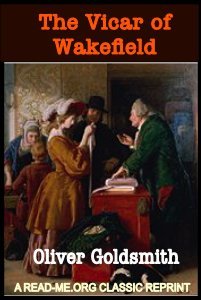By Madeline Miller
FROM USA TODAY: “"It takes a truly gifted writer to make a song this old feel this beauti- fully new. What's startling about this sharply written, cleverly reimagined, enormously promising debut novel from Madeline Miller is how fresh and moving her take on the tale is--how she has managed to bring Achilles and his companion Patroclus to life in our time without removing them from their own."
NY. Harper Collins. 2012. 426p. USED BOOK. CONTAINS MARK-UP
















